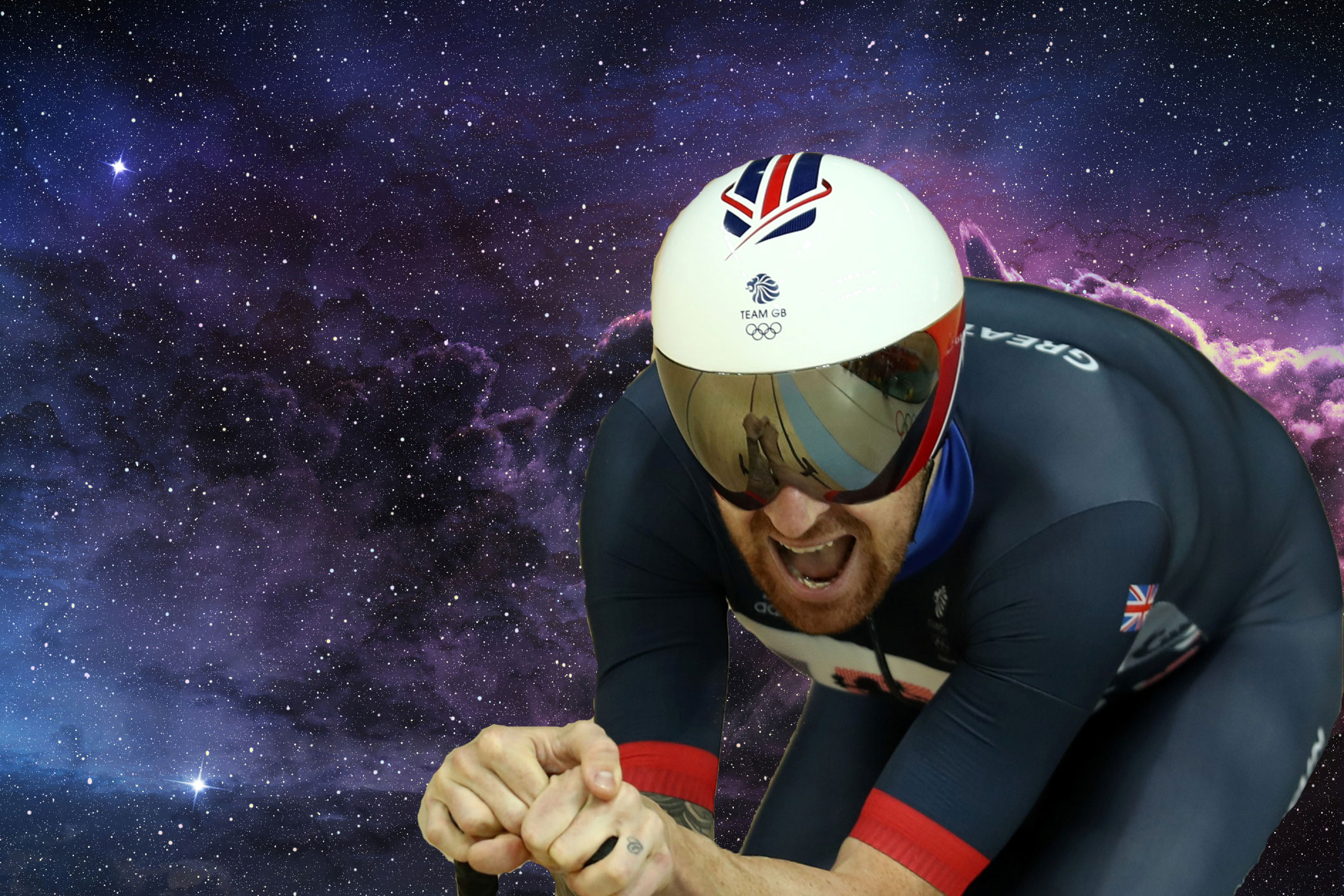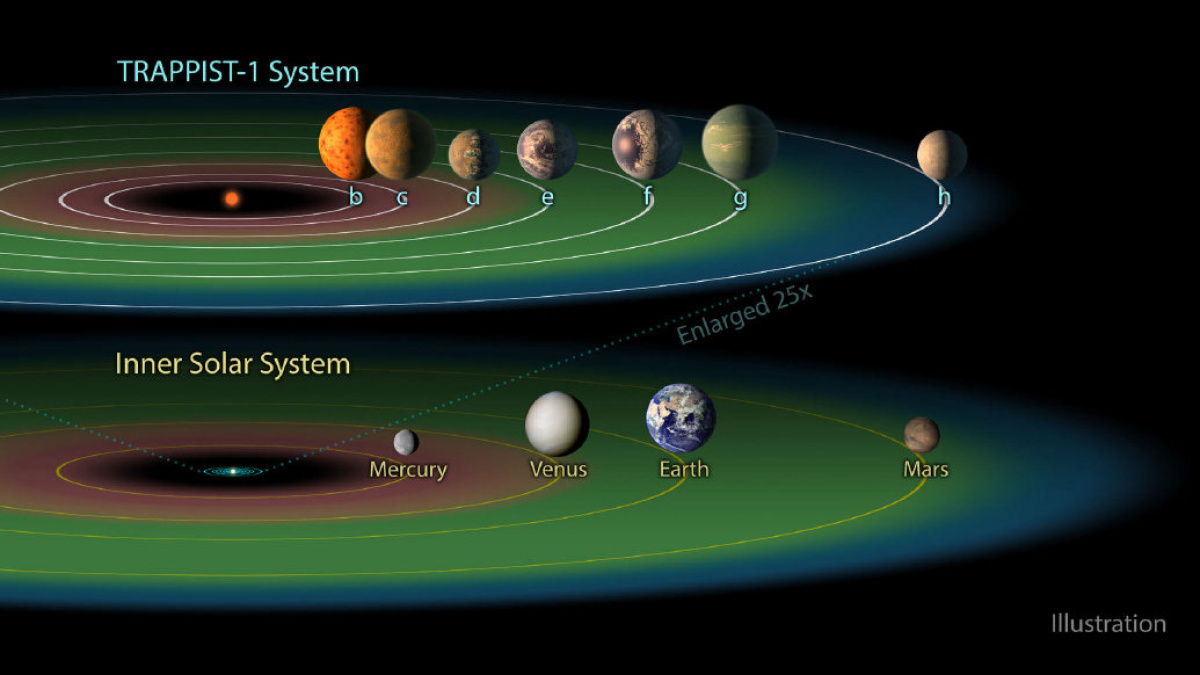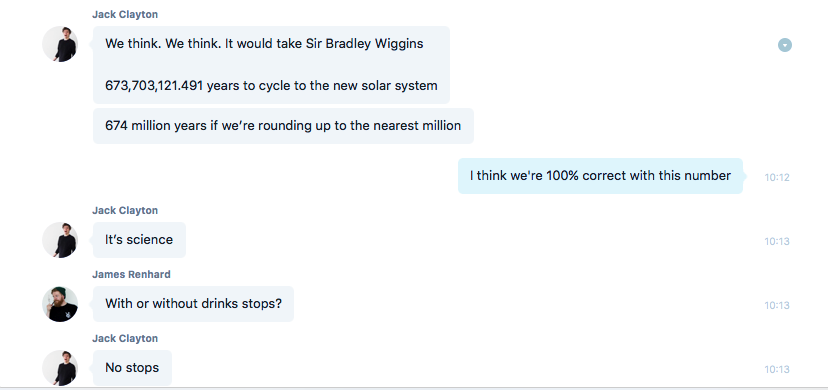
So, you might be aware that NASA have just announced the very exciting discovery of seven Earth-like planets orbiting nearby star Trappist-1. The potentially game-changing news has massively increased the chances of us discovering alien life in the next decade, and has put the human race one step closer to answering that age old question: are we alone in the universe?
The new planets are roughly 40 light years from Earth (meaning it would take someone travelling the speed of light 40 Earth years to reach them). Now, here on Earth, we don’t have anyone or anything capable of moving at that speed. We do, however, have cycling legend and sideburn champion Sir Bradley Wiggins who, while not capable of light-speed, can move pretty quickly when he wants to.
This morning we got our thinking hats on and decided to work out exactly how long it would take Wiggo, travelling at an average speed of 61km/h to reach Trappist-1 and the planets that surround it. This maths equation was calculated on the basis that a specially-built cycle path would go in a straight line from Earth to the Trappist-1 solar system, and that the path could be engineered in such a way that it would have the same gravity you’d find here on our own planet. Here’s how our maths mission played out.


